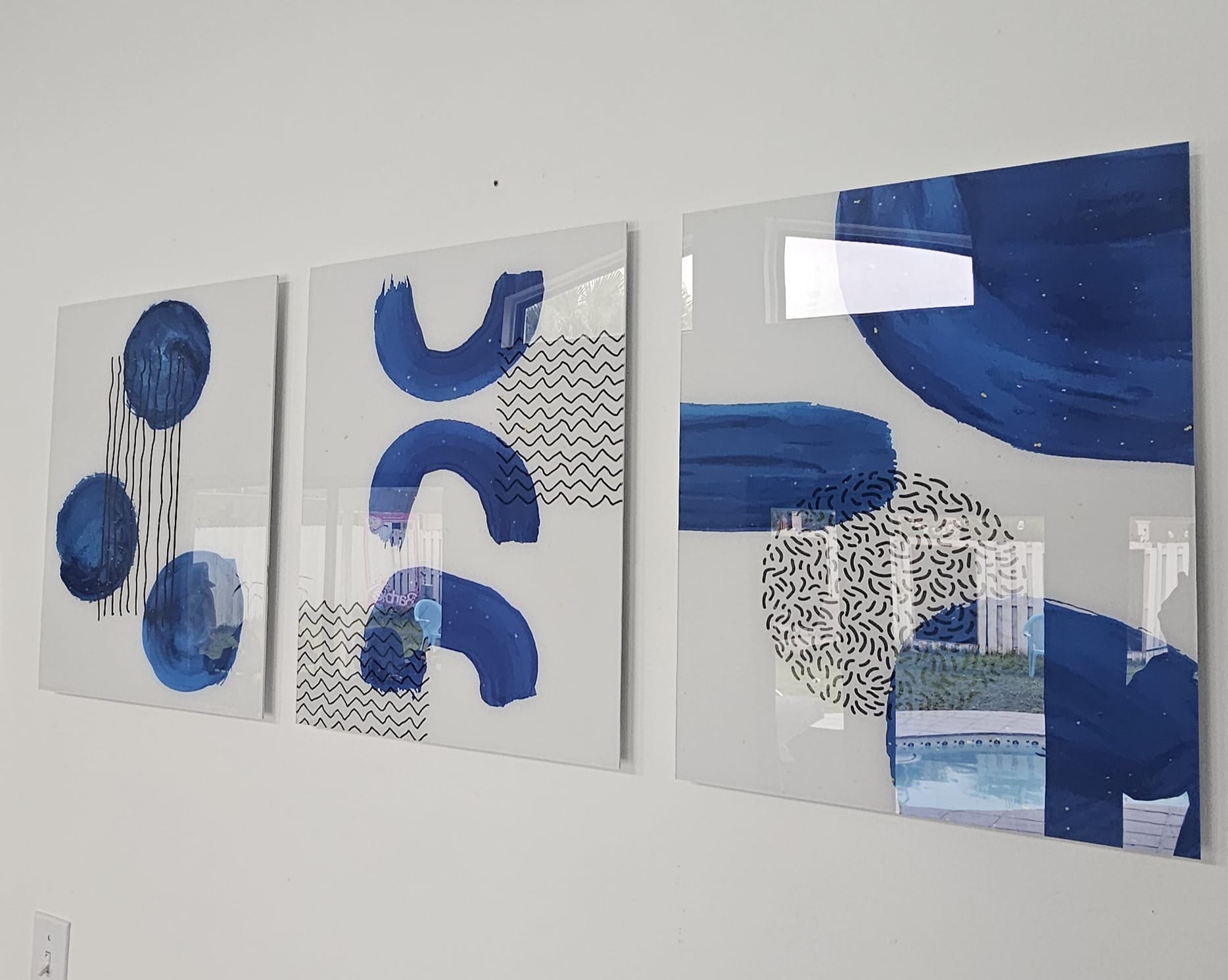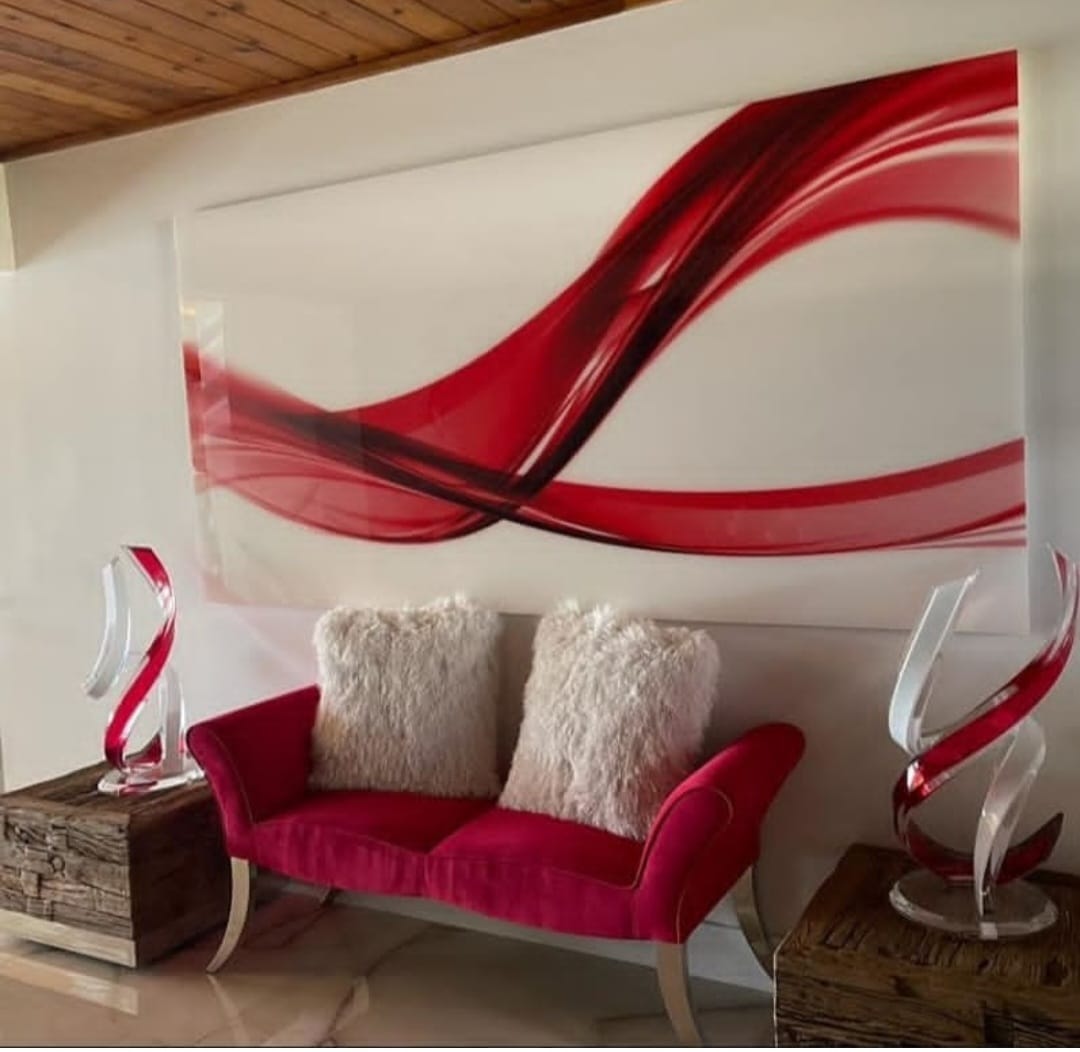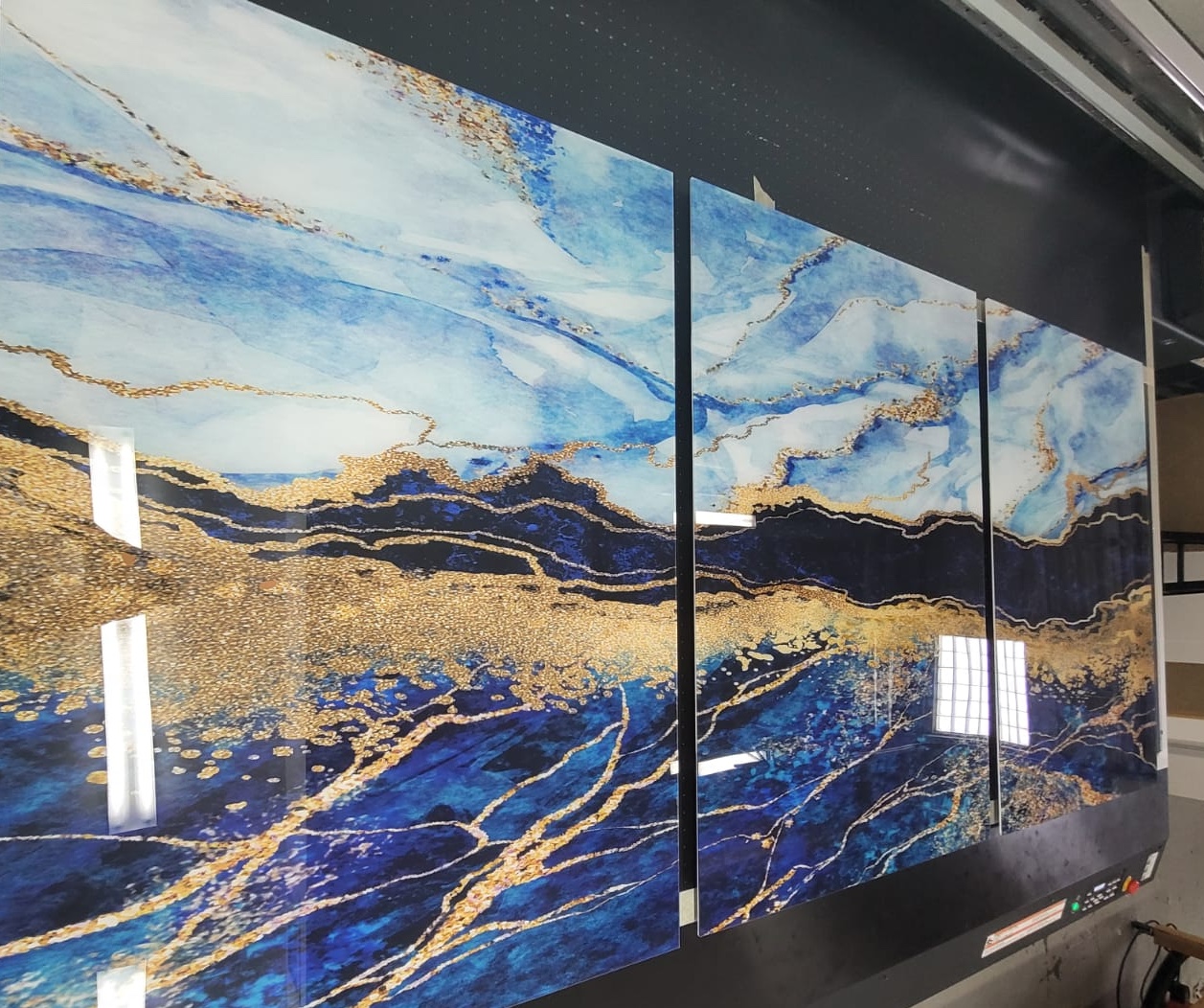When it comes to turning your most cherished memories or artistic creations into wall décor, two of the most popular choices are canvas and acrylic photo prints. Both formats offer a unique aesthetic, appeal to different interior styles, and cater to various practical needs. But which is the best option for your home, office, or commercial space? In this comprehensive guide, we’ll explore the pros, cons, and ideal uses for each medium so you can make an informed decision tailored to your style and purpose.
1. Aesthetic Appeal: Soft Texture vs. Sleek Gloss
Canvas prints have long been a favorite for home decorators and artists alike. The texture of the canvas mimics traditional paintings, giving your photo a timeless and warm appearance. Canvas provides a matte finish, which softens the photo’s colors slightly, creating a cozy, classic feel—especially in rustic, farmhouse, or bohemian settings. It’s also ideal for portraits or vintage-style photography, as the texture adds a touch of artisanal charm.
Acrylic prints, on the other hand, offer a completely different vibe. The high-gloss finish produces vibrant colors with incredible clarity and depth, making it perfect for modern and minimalist interiors. Acrylic enhances contrast, sharpness, and luminosity, giving your image a crisp, clean look that feels high-end and professional. It’s especially popular in luxury apartments, art galleries, and office environments where a polished, sleek appearance is preferred.
2. Color Accuracy and Visual Impact

If color vibrancy and sharp detail are a priority, acrylic wins the crown. The printing process for acrylic involves high-resolution photo paper mounted between layers of acrylic glass, which amplifies the brightness and richness of the image. This technique brings out fine details and creates a sense of depth, almost like 3D.
Canvas prints, while still high-quality, tend to absorb more ink due to the woven surface, which can slightly dull color intensity. However, this subtlety is exactly what many people love about canvas—it softens the image and gives it a painterly feel.
In essence, go for acrylic if you want high-definition clarity and pop, and choose canvas if you’re aiming for a soft, artistic ambiance.
3. Durability and Longevity

When it comes to durability, acrylic prints are incredibly tough. They’re resistant to moisture, UV rays, scratches, and even dust. This makes them perfect for humid environments like bathrooms, kitchens, or outdoor patios (as long as they’re not in direct sunlight for extended periods). The protective acrylic layer ensures that your print maintains its vibrancy for years, even in challenging conditions.
Canvas prints, while durable, are a bit more delicate. They’re generally printed with UV-resistant inks, but the fabric is more susceptible to wear and tear, especially in environments with high humidity or direct sunlight. Canvas can also sag slightly over time if not properly stretched or framed. That said, canvas can last decades with proper care and placement.
4. Weight and Installation

When considering the weight and ease of hanging, canvas has the upper hand. Canvas prints are lightweight, frameless by default (unless you choose to add one), and typically come with easy-to-use hanging hardware. This makes them ideal for DIY decorators or anyone who changes wall art frequently.
Acrylic prints are heavier, especially in larger sizes. The material is thick and rigid, and while it looks incredibly polished, it often requires more secure hanging systems like standoffs or wall mounts. Some acrylic prints also come with a “floating” back mount, which creates an elegant illusion of the artwork hovering off the wall.
If you’re decorating a large space or plan to move your artwork often, canvas offers more flexibility. If you want a permanent, bold statement piece, acrylic is worth the effort.
5. Framing and Finishing Options
Canvas art allows more customization in terms of framing. You can choose between traditional wood frames, floating frames, or even leave the edges exposed for a modern gallery-wrap look. The versatility of canvas makes it easy to match with your existing décor style.
With acrylic prints, the finish is typically frameless and borderless, which suits modern aesthetics. Some providers offer backing options in metal or wood, but the clean edge of acrylic is part of its charm—it doesn’t need a frame to look complete.
6. Maintenance and Cleaning
Acrylic is extremely low maintenance. Because the surface is smooth and sealed, all it takes is a microfiber cloth to wipe away dust or fingerprints. No special cleaner is needed—just a little water or gentle spray if required. Its non-porous nature also protects it from stains and smudges.
Canvas, being a woven material, requires more delicate care. It can attract dust in the texture, and cleaning must be done with a dry or slightly damp cloth. Excess moisture can damage the surface or cause the ink to fade faster over time.
For households with kids, pets, or frequent traffic, acrylic is the more practical option.
7. Price Considerations
Cost is often a major factor. Canvas prints are typically more affordable than acrylic, especially for larger sizes. The production process is simpler, and materials are less expensive. This makes canvas a great choice for decorators on a budget, or for people who like to switch out their wall art regularly.
Acrylic prints, due to their material quality, durability, and vibrant output, come at a premium. They’re an investment—but one that pays off in visual impact and longevity.
If you’re decorating a high-visibility area or want a luxurious feel, acrylic is worth the cost. For casual art or rotating photo displays, canvas might be the smarter pick.
8. Ideal Environments for Each
Canvas is ideal for:
- Bedrooms, living rooms, hallways
- Spaces with warm or natural tones
- Rustic, boho, or classic interior styles
- Portraits, abstract art, baby photos, weddings
Acrylic is perfect for:
- Modern apartments and luxury interiors
- Offices, conference rooms, galleries
- Bathrooms, kitchens, or outdoor settings
- Landscape photography, high-detail images, brand visuals
9. Sustainability and Eco-Friendliness
If sustainability is important to you, canvas can be the greener option. Many canvas prints today use recycled cotton, water-based inks, and sustainable wood for frames. Acrylic, by contrast, is made from plastic-based materials that are less biodegradable.
That said, acrylic’s long lifespan means fewer replacements, which can balance its environmental impact over time.
10. Personal Preference: What Matters Most to You?
Ultimately, the choice between canvas and acrylic comes down to personal taste, budget, and environment. Ask yourself:
- Do you prefer a soft, traditional look or a vibrant, modern finish?
- Will the print be exposed to moisture or sunlight?
- Do you want a lightweight, easy-to-move piece, or a permanent statement?
- Is your photo full of detail and color that would benefit from acrylic’s clarity?
Both options can beautifully showcase your favorite images when chosen thoughtfully.
Conclusion: There’s No Wrong Choice—Only the Right One for You
Canvas and acrylic prints both offer stunning ways to celebrate your memories and personalize your space. If you’re after cozy, textured charm and versatility, canvas may be your best bet. If you’re aiming for bold, museum-quality impact and durability, acrylic is the way to go.
At our Miami-based print studio, we specialize in both canvas and acrylic photo printing—allowing you to choose the perfect style for your needs. Our online store makes it easy to upload your image, select a material, and bring your vision to life with professional craftsmanship and personalized support.
Still not sure which one suits your space best? Contact us today and let our team help you make the perfect choice.


No responses yet